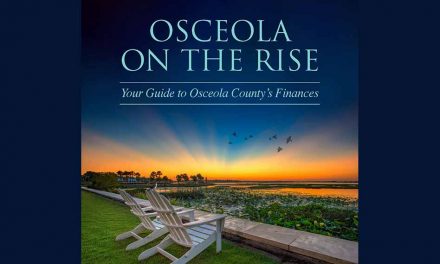According to the Osceola County Association of Realtors and the National Association of Realtors, the COVID-19 pandemic has shifted home buying preferences in Osceola County and across America.
In “Osceola County, like across the country, we’ve seen changes happen as a result of COVID-19 that will change and shape our society for decades to come,” said Joe Johnson, Association President. “In the aftermath of this pandemic, the availability of data like this will give valuable insight to Osceola County Realtors® and will help local lawmakers make decisions about policies and smart growth changes that can help our region account for these shifts.”
Although typically done every two years, a pair of Community and Transportation Preference Surveys were done in 2020 to accurately measure the impacts of the coronavirus. The latest survey shows younger Americans – particularly those with children – have been most affected, although those who live in walkable communities register a higher quality of life than those who live in less walkable areas.
According to the study, Americans under 40 are most likely to say their overall quality of life has been negatively impacted by the pandemic while noting a reduced desire to live near highways, public transportation, or their place of work.
Although the COVID-19 pandemic has dramatically changed people’s lives, this study shows that substantial demand for walkability persists for Americans of all ages, perhaps motivated by the lockdown that took place earlier in the year. =
The study showed clearly that those who strongly agree that there are “lots of places to walk nearby” show 8% increase in quality of life, and families with children in school show an increased desire for detached homes and larger yards.
In February, a majority of Americans preferred a smaller yard in a walkable community, while the importance of nearby public transit dropped 8% and easy access to a highway dropped 5% from pre-pandemic levels, possibly related to more people working from home.
Americans older than 55 and those with higher incomes also showed an increased interest in walkability.
The biannual NAR Community & Transportation Preferences Survey poll residents in the 50 largest metropolitan areas of the United States. The first 2020 survey was conducted in February, immediately before the impacts of COVID-19, and again at the end of July.




















